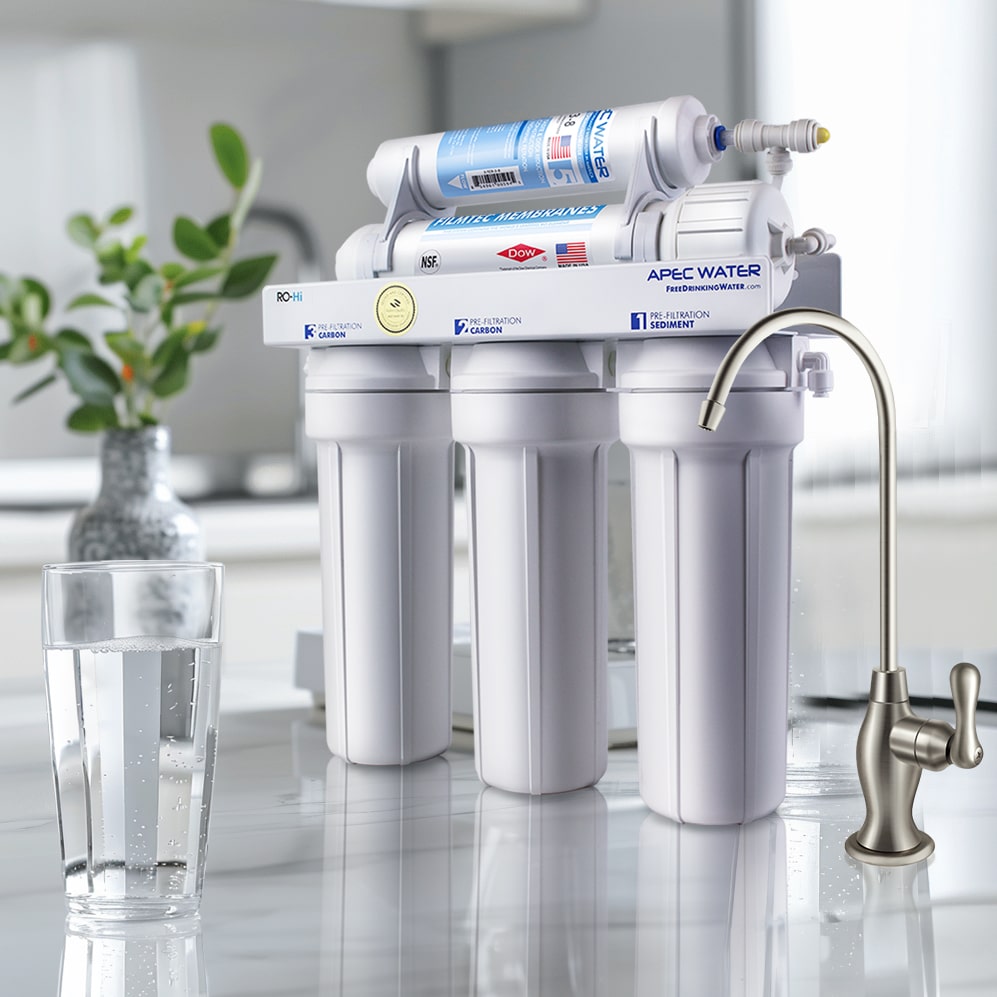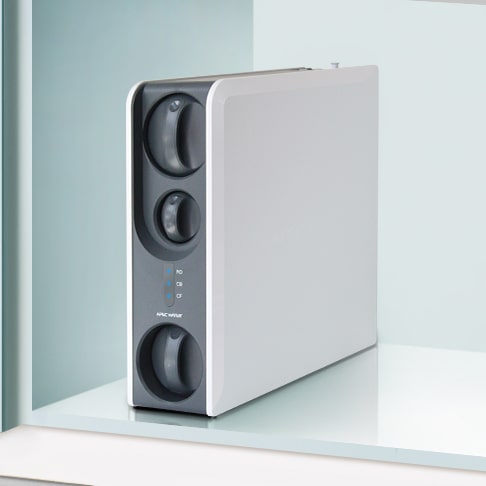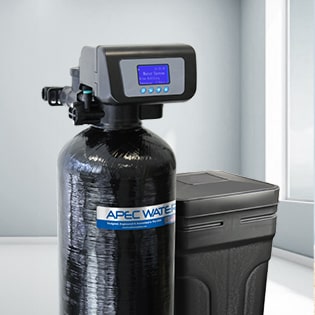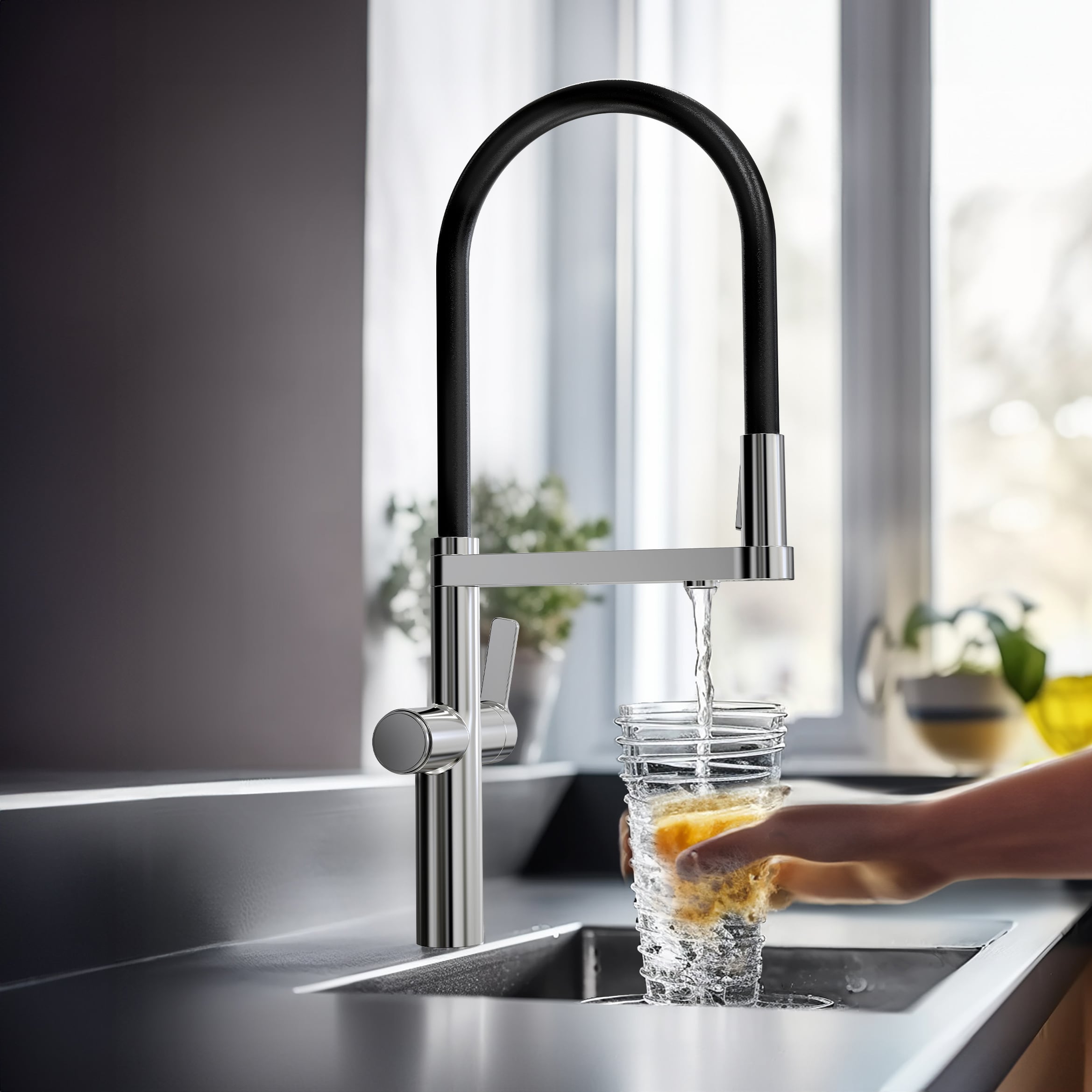The pain and discomfort of menstrual cramps is a very real concern for some women prone to severe cramping. About fifty percent of menstruating women experience cramps and fifteen percent of them experience pain that is difficult to manage. The pain occurring during these contractions can be mild, moderate, or severe. There are two types of menstrual cramps. The first kind is the natural cramping that occurs when ovulation occurs. The second type of cramping occurs when there exists an abnormal health condition in the reproductive system that is causing more pain during the menstrual cycle. Menstrual cramps are caused by contractions in the uterus muscle. The uterus is a pear-shaped organ where a baby grows. This organ contracts throughout a whole menstrual cycle and once the contractions are too strong it causes pain. The reason these contractions are occurring is that the lining in your old uterine is breaking down. The contractions cause the uterus to press against nearby blood vessels which cut off the oxygen supply to the muscle tissue. Pain results when part of a muscle briefly loses its supply of oxygen.
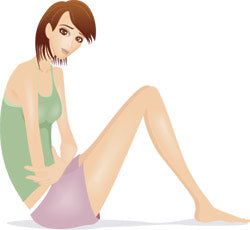
Many menstrual cramp sufferers turn to the age-old folk treatments that have helped women suffering from the same health issue throughout history. Apple cider vinegar, when added to purified water, kills some micro-organisms both in the drinking water as well as in the body. So if clean water is not available to drink, adding apple cider vinegar is helpful when added to tap water. Vinegar can also help create the right ph balance in the body.
Water pollution and contamination may also play a role in many health issues that affect women like severe menstrual cramping. Contamination of our drinking water often occurs when the groundwater has been in contact with trace levels of man-made chemicals. Some of these chemicals imitate estrogen as observed in laboratory studies. These are called xenoestrogens. They can be found in plastics too. The EPA (Environmental Protection Agency) is investigating reports that have shown that increased exposure to xenoestrogens is causing girls as young as ten to start menstruating. Further evidence has shown that sewage runoff into rivers can contain chemicals that are known as estrogen receptors. Since these are often the same water sources where we get our drinking water, the question arises if this can be the cause for such early puberty in young girls.
Many women retain a significant amount of water before and after their menstrual cycle. There are statistics indicating that for some it is as much as three to six pounds of water weight. This bloating is a typical side effect for women prone to PMS as well as those who do not have this affliction. Water retention for some women is a common monthly discomfort and it may have an effect on the severity of menstrual cramps.
It is recommended that women who suffer from menstrual cramping increase the amount of water they drink while cutting back on sugar, salt and starches prior to and while they go through their period. Menstrual cramps can be minimized by drinking warm beverages such as hot tea and warm water that has been purified by a water filtration system that removes chemicals, heavy metals, and bacteria.
What are some other remedies to relieve menstrual cramps?
- Try placing a hot water bottle or heating pad on your abdomen
- Do some mild exercises – Walk around the neighborhood, run on the treadmill, or ride your bike around the neighborhood. This will increase blood flow which will help cramps go away. Exercise also increases serotonin levels which makes us feel happier.
- Try to wear looser clothing that does not pressure your abdomen.
- Try crushing a piece of ginger into a cup of boiling water and sweeten it with a little honey.
- Buckwheat is high in bioflavonoids and can reduce heavy bleeding when taken with Vitamin C.
- Lavender essential oil and clary sage are known to be anti-inflammatory and relieve pain by inhibiting uterine muscle contractions.
- Marjoram essential oil has been demonstrated to dilate blood vessels to relieve menstrual cramps.
- Acupressure is also said to be a wonderful way to relieve cramps. Locate Spleen 6 by placing fingers on the bony inner part of the ankle. From there, draw an imaginary line up the lower calf. The point will be approximately 4 fingers width from the inner ankle bone. It is not located exactly on the shin bone, but next to it towards the back part of the calf muscle. Apply gradually increasing pressure to this point with your thumb or middle finger at a 90-degree angle to the skin. Keep applying the pressure for approximately three minutes.
Most women experience menstrual cramps at some point in their lives. These are inevitable pains that we must embrace as a sign of natural development. It is this pain that will allow mothers to bring new life onto our blessed planet. Hopefully, you can test several remedies to see which one works best for you to help you ease through these rough pains.
